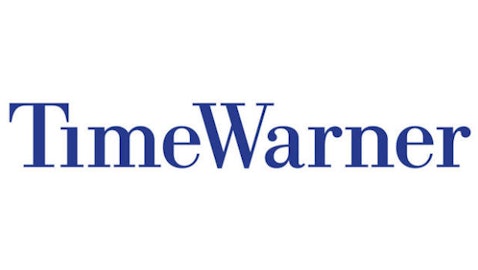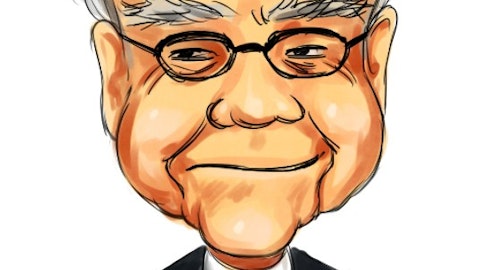The stock of Time Warner Inc (NYSE:TWX) is near 52-week highs, and the company has been buying back large amounts of stock. The company decided to spin-off its publishing unit, and also increased its cash payout to shareholders. However, before buying into the Time Warner story, the darker side of the investment should be carefully evaluated.
1. Small-scale cord-cutting
Cord-cutting at least on a small scale is taking place. As Time Warner broadcasts its shows through various cable and satellite companies, the company’s TV Shows and Channels will be become a lot less valuable if cord-cutting accelerates from its current levels. In addition, companies like Time Warner Cable Inc (NYSE:TWC) and DIRECTV are increasing prices of their monthly subscriptions, which might encourage more subscribers to cut the cord. Time Warner Cable has been slowly but steadily losing video subscribers. The company had more than 13.1 million video subscribers back in 2008 which trickled down to 12.2 million at year-end 2012.
A similar trend can be seen at Time Warner Cable’s business rival, Comcast Corporation (NASDAQ:CMCSA). Comcast’s video subs went down from 24.2 million in 2008 to ~22 million at the end of 2012. Customers switching cable for high speed internet is at the heart of the cord-cutting phenomenon, and it is very much on-going.
2. Shifts towards online
Large scale consumer shifts towards online, and away from traditional TV, is impacting the economics of cable, media and entertainment rather negatively. Consumer video content consumption is shifting online, as more and more consumers adopt tablets to view video content on-the-go. Apple Inc. (NASDAQ:AAPL) sold more than 42.3 million tablets in the last two quarters, and these tablet owners are likely to watch content online.

Time Warner has taken steps to have a stronger footing with the launch of HBO Go, but these tablet owners are also watching free or lower cost content from Netflix, Inc. (NASDAQ:NFLX), Hulu,YouTube and even iTunes as well.
3. Huge dependence on Distributors
There is no doubt that Time Warner Inc (NYSE:TWX) owns some of the most lucrative TV and movie properties. However, cable companies like Time Warner Cable Inc (NYSE:TWC) and Comcast Corporation (NASDAQ:CMCSA) yield immense power over the company. According to famed strategy guru, Michael Porter’s framework of industry competitiveness and profitability, the bargaining power of buyers is immense.
Time Warner is very dependent on cable and satellite distributors like DIRECTV (NASDAQ:DTV) and Comcast who have a lot of buying power, as these companies acquire video content distribution from Time Warner for channels like TNT, TBS, Cartoon Network and HBO. These deals are a big plus for cable companies but is bad for Time Warner and prevents the company from altering its business model.
4. Pricey offerings compared to emerging competitors
The rise of lower cost Internet services like Netflix, Hulu and Amazon.com is bad news for Time Warner in some aspects, but not entirely. But these companies are giving Time Warner Inc (NYSE:TWX) a lot of things to worry about. Netflix just added 3 million subscribers in 1Q 2013, and surpassed the 36 million user mark. And interestingly, Netflix now has more domestic subscribers than Time Warner’s HBO. Netflix’s US subscriber base hit 29.2 million in Q1 2013 and HBO ended 2012 with a subscriber base of 28.7 million, according to market research firm, SNL Kagan.
Warner Bros and Turner Broadcasting both has licenses to provide content to both Netflix, Inc. (NASDAQ:NFLX) as well as Amazon, and will be earning in excess of $300 million from these contracts, but it might be harming its own original content arm, the HBO franchise. HBO launched a direct-to-consumer service in the Nordic market in line with the other video streaming companies, but is unlikely to do so in a major market like the U.S.


